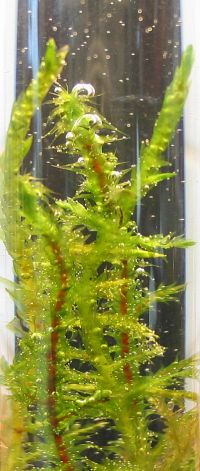Difference between revisions of "Algae"
m (Undo revision 6348 by 203.177.208.120 (Talk) vandalism) |
|||
| Line 22: | Line 22: | ||
Algae digest excess organic molecules and CO<small>2</small>. | Algae digest excess organic molecules and CO<small>2</small>. | ||
| − | + | ===Chemosynthesis=== | |
| + | Certain species of algae can be grown to produce [[hydrogen]] and [[hydrocarbon synthesis|hydrocarbons]]. | ||
==Open Issues== | ==Open Issues== | ||
Revision as of 23:50, 18 January 2012
Algae are a diverse group of organisms, ranging from ten meter long kelp to unicellular dinoflagellate. These organisms are a vital link in many food chains on Earth. The farming of algae is called algaculture.
Contents
Cultivation of Algae
Open Pools
Open pools are similar to the natural environment of many species of algae.
Aerated Tanks
Aerated tanks provide a controllable environment which can be tuned to the exact conditions needed by the target species.
Uses of Algae
Food
Algae are an excellent source of vitamins, oils, fatty acids, and minerals, and are eaten in many parts of the world. They can be grown in tanks filled with waste water, and aerated with CO2 from the martian atmosphere. A welcome side effect is the release of free oxygen.
Fertilizer
Algae is currently used on Earth as a fertilizer.
Waste Water Treatment
Algae digest excess organic molecules and CO2.
Chemosynthesis
Certain species of algae can be grown to produce hydrogen and hydrocarbons.
Open Issues
- What is known about the efficiency factor of energy transformation from light energy to chemical energy? We need a calculation and a comparison with other food crop.







